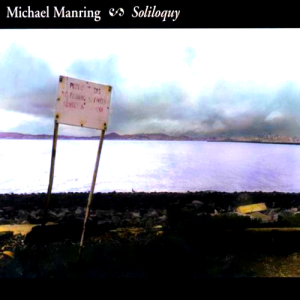It’s often said that by limiting your possibilities to only those that exist inside the box, as opposed to thinking outside the box, you are actually required to use much more creativity. This may seem counterintuitive; since the days of grade school we have been taught that thinking outside the box is the key to unlocking our true potential. Now before we continue any further, let me first just say that I am by no means devaluing out-of-the-box cognition. It is a wonderful and incredibly useful method, useful in just about any scenario life throws at you. That being said, sometimes we overlook the significance of what’s already inside the box in favor of flashier, more appealing solutions.
/%20Alright alright, enough with the box metaphor already! Isn’t this a blog for music? I hear you, let’s move on. The purpose of that whole long-winded introduction was to bring us to today’s main event: Michael Manring, a perfect example of a musician who uses the confines of the box to his advantage – the “box” in this situation being the bass guitar. As L. Pierce Carson from the Napa Valley Register puts it, “Michael Manring can do more with a bass than even the most creative individual could imagine.” See? The box metaphor worked out after all.





